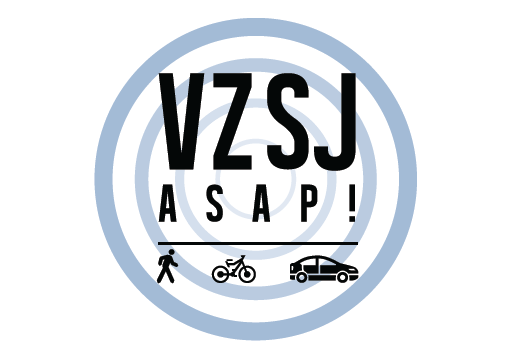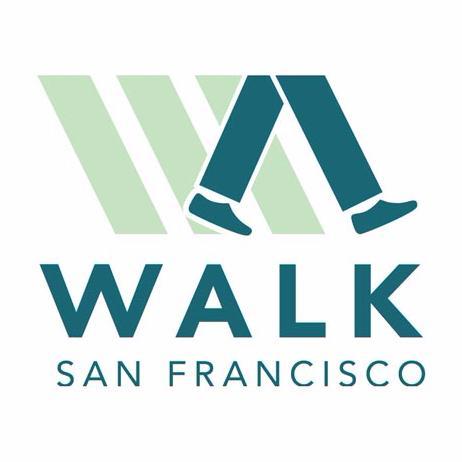
We can all contribute and advocate for safe streets and we all need to abide by all traffic laws and follow signs and signals but also learn, support and advocate for those initiatives and measures aimed to decrease traffic fatalities.
The following links will provide vast information on how we can achieve safe streets and put an end to deaths caused by preventable traffic collisions.
Please, support and advocate!












